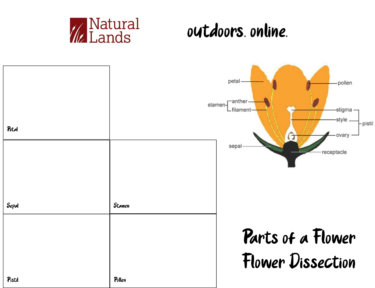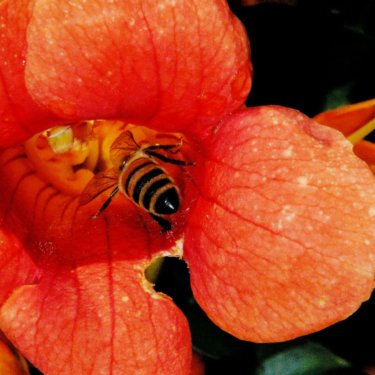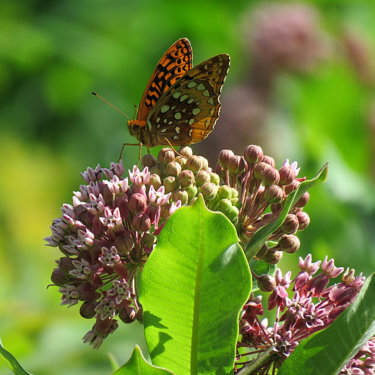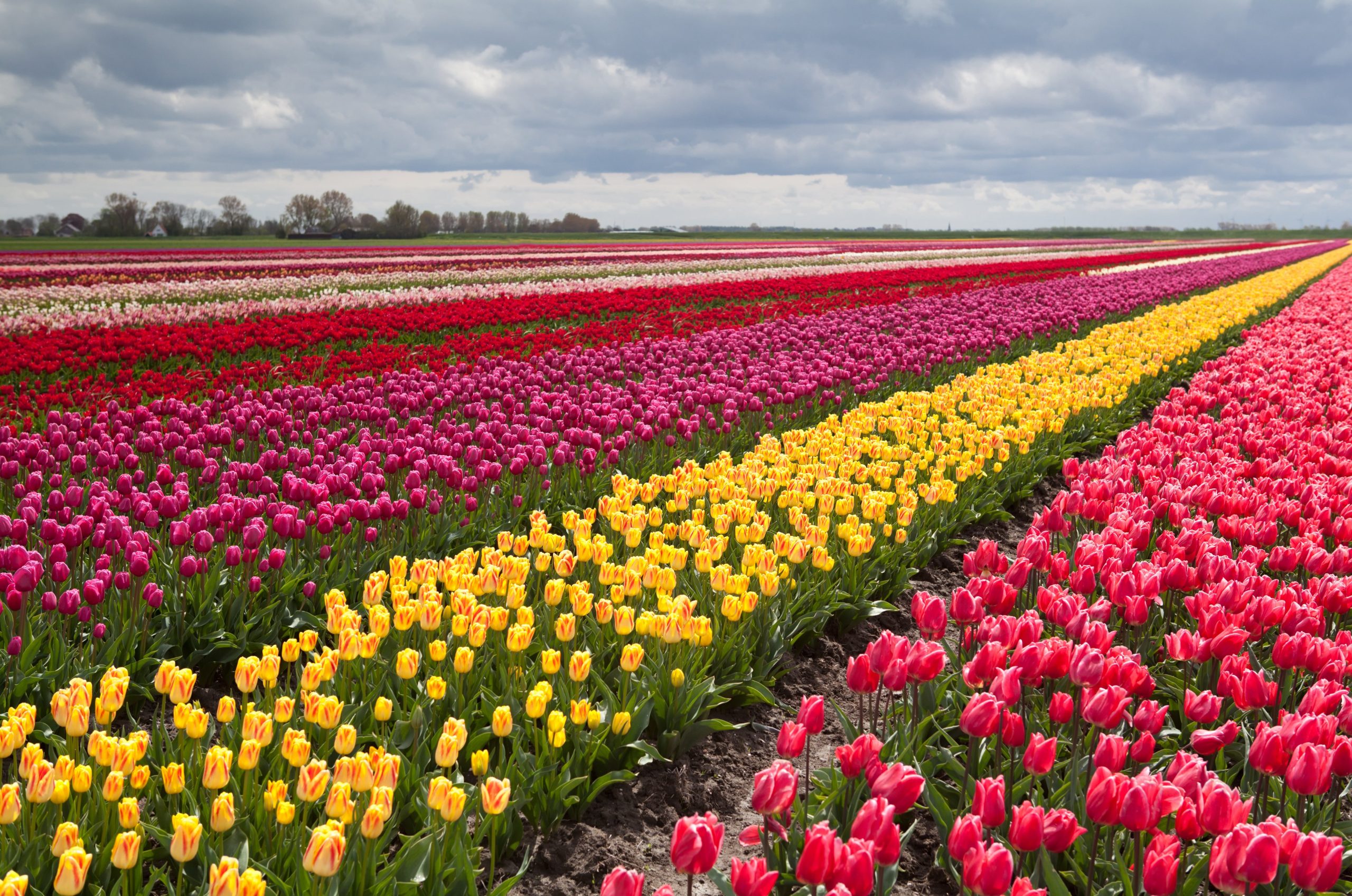Fields of vibrant wildflowers swaying in the breeze are a charming sight. Certain species are well-suited for growing in large open fields, providing waves of colorful blooms. These field-friendly flowers are hardy, low-maintenance, and can handle the intense sunlight and wind. When planted en masse, they create stunning floral displays.
Here are some of the best flowers for fields and meadows:
Butterfly Weed
Butterfly weed (Asclepias tuberosa) is a native wildflower that produces clusters of bright orange blooms from early summer into fall This tough perennial thrives in dry, poor soil and full sun exposures As a member of the milkweed family, it serves as a larval host plant for monarch butterflies. Butterfly weed reaches 2-3 feet tall and spreads 1-2 feet wide. Its bright color and mid-sized stature make it ideal for naturalizing in fields.
Black-Eyed Susan
Black-eyed Susan (Rudbeckia hirta) lights up fields with its golden yellow petals and dark brown center. This classic wildflower blooms from midsummer into fall providing late season color. Black-eyed Susans grow 1-3 feet tall and spread rapidly by both seed and rhizomes. They tolerate heat drought, and a variety of soil conditions. Plant them en masse in full sun for spectacular summer color.
Purple Coneflower
Purple coneflower (Echinacea purpurea) is a hardy perennial that thrives in prairies and meadows. Its pink-purple daisy-like blooms appear on sturdy stems from mid-summer until autumn. The cone-shaped centers that give it its name add unique texture. Growing up to 4 feet tall, purple coneflower makes a dramatic statement when planted in masses. It tolerates almost any growing condition.
Oxeye Daisy
Oxeye daisy (Leucanthemum vulgare) naturalizes easily to create seas of white blooms and bright yellow centers. This cheerful perennial flowers from late spring through summer. Oxeye daisies grow 1-3 feet tall on upright stems that sway gracefully in meadow grasses. Plant them en masse for billowy white fields dotted with gold. They thrive in full sun and slightly moist soil.
Purple Prairie Clover
Purple prairie clover (Dalea purpurea) blankets fields with spikes of purple flower heads in summer. This legume fixes nitrogen in the soil, helping fertilize surrounding plants. Purple prairie clover grows 1-3 feet tall and spreads rapidly by seed once established. Its fine-textured foliage and flowers look beautiful swaying in the wind. It thrives in dry, lean soil and full sun.
Orange Hawkweed
Orange hawkweed (Hieracium aurantiacum) brings vibrant reddish-orange color to fields in early summer. This perennial reaches 6-12 inches tall and spreads readily by rhizomes and seeds. It does well in dry, poor soils and readily self-seeds to form extensive colonies. Hawkweed flowers resemble miniature daisies. Plant it with cool blue flowers like chicory for stunning contrast.
Blanket Flower
Blanket flower (Gaillardia aristata) lights up fields with its daisy-like flowers in hot shades of orange, red, and yellow. Blooming from early summer into fall, it provides months of eye-catching color. Blanket flowers reach 1-2 feet tall and spread rapidly. Their colorful flowers and tolerance of heat, drought, and poor soils make them ideal for fields and meadows.
Cornflower
Cornflower (Centaurea cyanus) is an annual flower that self-seeds prolifically. Its blue fringed blossoms evoke images of European countrysides. Cornflowers bloom profusely in late spring and early summer on plants 1-3 feet tall. Allow some to go to seed and cornflowers will come back year after year. They thrive in full sun and poor, dry soil.
Lance-Leaved Coreopsis
Lance-leaved coreopsis (Coreopsis lanceolata) is a drought-tolerant perennial that produces abundant golden yellow daisy-like blooms. It flowers continuously from early summer into fall. Coreopsis grows 1-2 feet tall and spreads readily by rhizomes. Its pretty color and ability to thrive in dry, lean soil make it ideal for large-scale plantings in fields and meadows.
Bee Balm
Bee balm (Monarda fistulosa) adds bursts of color and fragrance to fields in mid to late summer. This perennial produces dense, globular flower heads in shades of pink, purple, red, and white atop square stems 2-4 feet tall. Bee balm thrives in moist, fertile soil and spreads rapidly once established. Its colorful flowers attract bees, butterflies, and hummingbirds.
Additional Field Flower Options:
- Yarrow – bushy white flower clusters
- Black-eyed Susan – bright golden blooms
- Echinacea – purple coneflower
- Wild lupine – spires of blue or purple flowers
- California poppy – orange cup-shaped blooms
- Columbine – red and yellow nodding blooms
- Dame’s rocket – sweet-smelling purple blooms
Tips for Planting Flowers in Fields
When establishing flower fields, keep these tips in mind:
-
Choose native species adapted to your growing zone. They will be hardier and need less maintenance.
-
Select a mix of flowers in complementary colors and different bloom times for sustained color.
-
Most field flowers need full sun and lean, well-draining soil. Amend soil with compost before planting.
-
Sow seeds or plant young starter plants. Space plants 1-2 feet apart depending on mature size.
-
Water regularly until plants are established then water during droughts if needed.
-
Allow some flowers to go to seed to encourage natural reseeding each year.
-
Mow or string-trim periodically to control woody growth and stimulate blooming.
Enjoy Nature’s Bounty
Flowers grown en masse in fields provide habitat for pollinators and birds while creating dramatic displays of color. Opt for native, field-loving species that can handle challenging growing conditions with minimal care. Then sit back and enjoy nature’s bounty as your field bursts into a sea of dazzling blooms. The vibrant colors and natural beauty will lift your spirit each time you view your meadow.
day two: parts of a flower
learn.
Plants have five main parts: leaves, stem, flowers, fruit, and roots. Insects and other animals are drawn to flowers to get pollinated so they can make seeds that will grow into more flowers. When you get really close to a flower, you can see that it has different parts, each with its own job.
play.
 Today we’re going to dissect a flower. Dissecting means to take something apart. It is a great way to learn about plants. Choose a flower for your experiment. Remember to ask permission first.
Today we’re going to dissect a flower. Dissecting means to take something apart. It is a great way to learn about plants. Choose a flower for your experiment. Remember to ask permission first.
If you can, find flower that’s big, not teeny tiny like a violet. You can get common flowers like tulips and azaleas at the grocery store. Flower types like alstroemeria and daffodils also work well. Print this sheet (parts of a flower) and follow the directions at this link.
nature id:
This flower is named after an animal that looks like the leaves.
Answer: This trout lily is from Bryn Coed Preserve. It is one of our most common spring ephemeral wildflowers, and it is found in sizable colonies. Flower species called spring ephemerals take advantage of the early spring sun before trees’ leaves grow and block the light. The common name “trout lily” comes from the way its gray-green leaves are speckled with brown or gray, which are said to look like brook trout.
 Flowers have both male and female parts. Pollination is achieved when the pollen from the male part, the stamen, is transferred to the female part, the stigma. This is called fertilization and it’s what helps the flower make seeds. This can happen between the male and female parts of one flower (self-pollination) or between separate flowers of the same species (cross-pollination). Flowers can’t do it themselves. What in the natural world can help move the pollen? Animals, wind, or water! We call the animals that visit flowers pollinators.
Flowers have both male and female parts. Pollination is achieved when the pollen from the male part, the stamen, is transferred to the female part, the stigma. This is called fertilization and it’s what helps the flower make seeds. This can happen between the male and female parts of one flower (self-pollination) or between separate flowers of the same species (cross-pollination). Flowers can’t do it themselves. What in the natural world can help move the pollen? Animals, wind, or water! We call the animals that visit flowers pollinators.
learn.
Why do pollinators (e. g. birds, insects, bats) visit flowers? Most feed on the nectar of a flower. Most of the time, the nectar is deep in the middle of a flower, so pollinators have to touch the anthers and then the stigma to get to it. When this happens, this helps carry pollen from one part of the flower to another. Some pollinators, like bees, need pollen in addition to nectar. Some pollinating insects (some flies) are attracted to flowers by scent but gain no reward when they visit. The insects try to leave quickly but the flowers may have traps to slow the insects down.
craft.
Yellow pipe cleaners, black felt (or dark colored felt), and something long like a pencil will make a bee. Make it before you go outside.
Wrap the dark felt around the end of the pencil and hold on. Take the pipe cleaner and wrap it around the pipe cleaner to secure. Voila… a bee!.
nature id:
One of the first flowers that bloom in woodlands.
Answer: This sweet little spring beauty was found at Hildacy Preserve. Spring beauties are also a spring ephemeral and a harbinger of spring. The flowers open up on warm sunny days, and close during cloudy weather or at night. They can handle more damage to their environment than most spring-blooming woodland species, such as deer grazing and trees being cut down in parts. This is one reason why it is still common.
play.

Go outside and look for some pollinators, butterflies, bees, and flies. Watch and see how they have pollen all over them. Honey bees and other bees get covered in pollen. Sometimes so much they have a hard time flying.
Take the bee that you created and visit some flowers. When you remove the ‘bee’ you may see some pollen stuck on the felt. Go visit more flowers… now you are pollinating.
day four: how seeds travel
learn.
Wildflower seeds travel so they can find just the right spot to start growing. They can ride on animal fur, be blown by the wind, fly on the bellies of birds, float down a river, or a squirrel might hide a nut for them. Can you think of ways a seed might travel?.
watch.
play.
Do a seed experiment. Go outside and look for seeds in flowers and from trees. You might find some seeds in your refrigerator like peppers, avocado, or even apples.
Try to make that seed fly.
- Grab a fan and place it on a sturdy table.
- Craft a way for your seed to fly. Some seeds, like maple seeds, have wings, and some, like dandelion seeds, look like parachutes. Paper, pipe cleaners, paper clips, grocery bags, cardboard, tape, and other things you find around the house can be used.
- Put your seed in front of the fan when you’re ready to let it fly!
- Make your own spinning seed!
nature id:
Native Americans and early Euro-American settlers used this plant as a spice.
Answer: This wild ginger was found at Crow’s Nest Preserve. This flower evolved to attract tiny flies that come up from the ground in the spring to find an animal body that has thawed. By lying next to the ground this flower is readily found by the flies. In early spring, the flies go inside the flower to get away from the cold winds and eat the pollen. Some of the pollen attaches to their bodies and goes with them when they visit the next flower.
No Green Thumb Needed: 7 Tough-as-Nails Perennials!
FAQ
What grows in a field?
What is farming flowers called?
What flowers can you plant in a wildflower garden?
Recommended varieties of this perennial include cerise queen, final, coronation gold, and paprika. You now have a comprehensive list of native wildflowers that you can plant in your wildflower garden. You may have noticed that it’s good to have a mixture of flowers that do well under the sun and in the shade.
What flowers make a perfect wildflower field?
Tranquil Wild Floral Meadow Explore wildflower field ideas to elevate your backyard oasis with this tranquil meadow scene. The majestic purple foxglove stands tall, showing off its beauty, while the fiery red-toned blooms and yellow daisies create a symphony of hues that steal the breath away.
What is the best flower field?
2. Diverse Floral Field 3. Mountain Wild Flowers Landscape 4. Blossoming Meadow 5. Cottage Wild Flower Setting 6. Cabin in the Wood Floral Field 7. Roadside Floral Burst 8. Tranquil Wild Floral Meadow 9. Wildflower Backyard Oasis 10. Agricultural Flower Field 11. Flower Field Margins 12. Greek Red Poppies 13. Spring Wild Flowers 14.
What are the best wild flowers for a garden?
Cottage Wild Flower Setting 6. Cabin in the Wood Floral Field 7. Roadside Floral Burst 8. Tranquil Wild Floral Meadow 9. Wildflower Backyard Oasis 10. Agricultural Flower Field 11. Flower Field Margins 12. Greek Red Poppies 13. Spring Wild Flowers 14. Exquisite Baby Breath Blooms 15. Coastal Vibrant Field 16. California Yellow Poppies 17.
What is the most common wildflower?
The black-eyed susan and common sunflower are the most common wildflowers across the United States. What type of flower is a wildflower? A wildflower is just what its name would imply—a flower that grows in the wild. A wildflower was not intentionally planted or put in a specific spot; it simply cropped up on its own.
What is the best wildflower to add to a meadow?
So the best one to add to your meadow is what’s usually called the Shasta daisy. Like the Oxeye, this one is a European wildflower, not a native North American. However, it establishes well in meadows, and gives you great bloom each summer. Shasta Daisy makes a big show in wildflower meadows anywhere.
- The Ultimate Guide to Growing Strawberries in Raised Beds - August 8, 2025
- No-Dig Garden Beds: The Easiest Way to Grow a Beautiful Garden - August 6, 2025
- How to Protect and Preserve Wood for Raised Garden Beds - August 6, 2025

